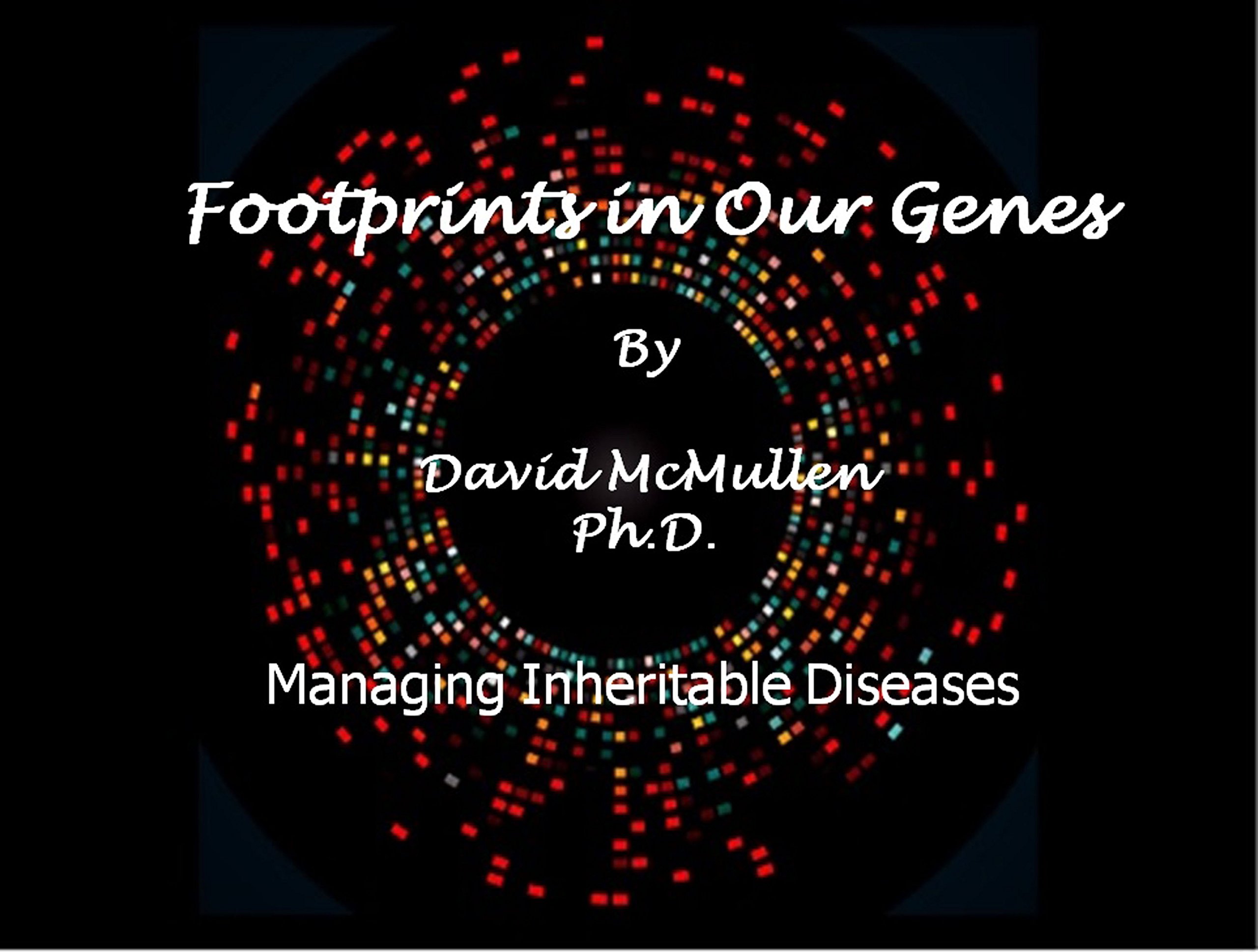
The Emergence of Life: From Chemical Origins to Synthetic Biology – PDF/EPUB Version Downloadable
$39.99

Addressing the emergence of life from a systems biology perspective, this new edition has undergone extensive revision, reflecting changes in scientific understanding and evolution of thought on the question ‘what is life?’. With an emphasis on the philosophical aspects of science, including the epistemic features of modern synthetic biology, and also providing an updated view of the autopoiesis/cognition theory, the book gives an exhaustive treatment of the biophysical properties of vesicles, seen as the beginning of the ‘road map’ to the minimal cell – a road map which will develop into the question of whether and to what extent synthetic biology will be capable of making minimal life in the laboratory. Fully illustrated, accessibly written, directly challenging the reader with provocative questions, offering suggestions for research proposals, and including dialogues with contemporary authors such as Humberto Maturana, Albert Eschenmoser and Harold Morowitz, this is an ideal resource for researchers and students across fields including bioengineering, evolutionary biology, molecular biology, chemistry and chemical engineering.
Delivery: This can be downloaded Immediately after purchasing.
Version: Only PDF Version.
Compatible Devices: Can be read on any device (Kindle, NOOK, Android/IOS devices, Windows, MAC)
Quality: High Quality. No missing contents. Printable
Recommended Software: Check here
Important: No Access Code
You might like it

The Emergence of Life: From Chemical Origins to Synthetic Biology – PDF/EPUB Version Downloadable
$39.99

The origin of life from inanimate matter has been the focus of much research for decades, both experimentally and philosophically. Luisi takes the reader through the consecutive stages from prebiotic chemistry to synthetic biology, uniquely combining both approaches. This book presents a systematic course discussing the successive stages of self-organisation, emergence, self-replication, autopoiesis, synthetic compartments and construction of cellular models, in order to demonstrate the spontaneous increase in complexity from inanimate matter to the first cellular life forms. A chapter is dedicated to each of these steps, using a number of synthetic and biological examples. With end-of-chapter review questions to aid reader comprehension, this book will appeal to graduate students and academics researching the origin of life and related areas such as evolutionary biology, biochemistry, molecular biology, biophysics and natural sciences.
Delivery: This can be downloaded Immediately after purchasing.
Version: Only PDF Version.
Compatible Devices: Can be read on any device (Kindle, NOOK, Android/IOS devices, Windows, MAC)
Quality: High Quality. No missing contents. Printable
Recommended Software: Check here




-pdfepub-version-downloadable-dqit0.jpg)









